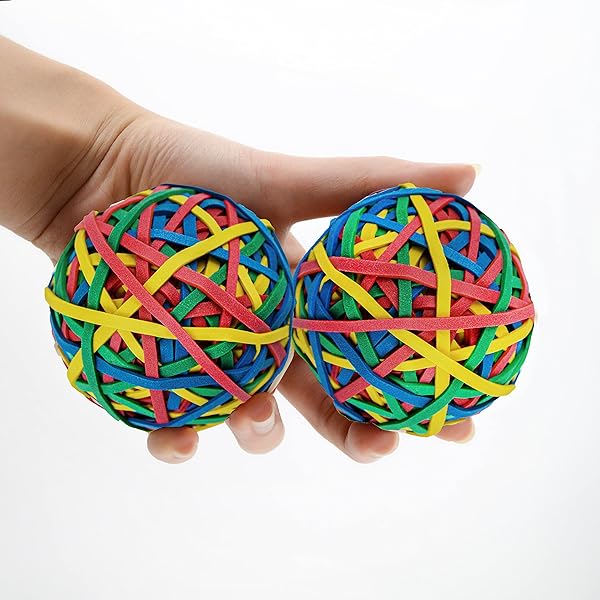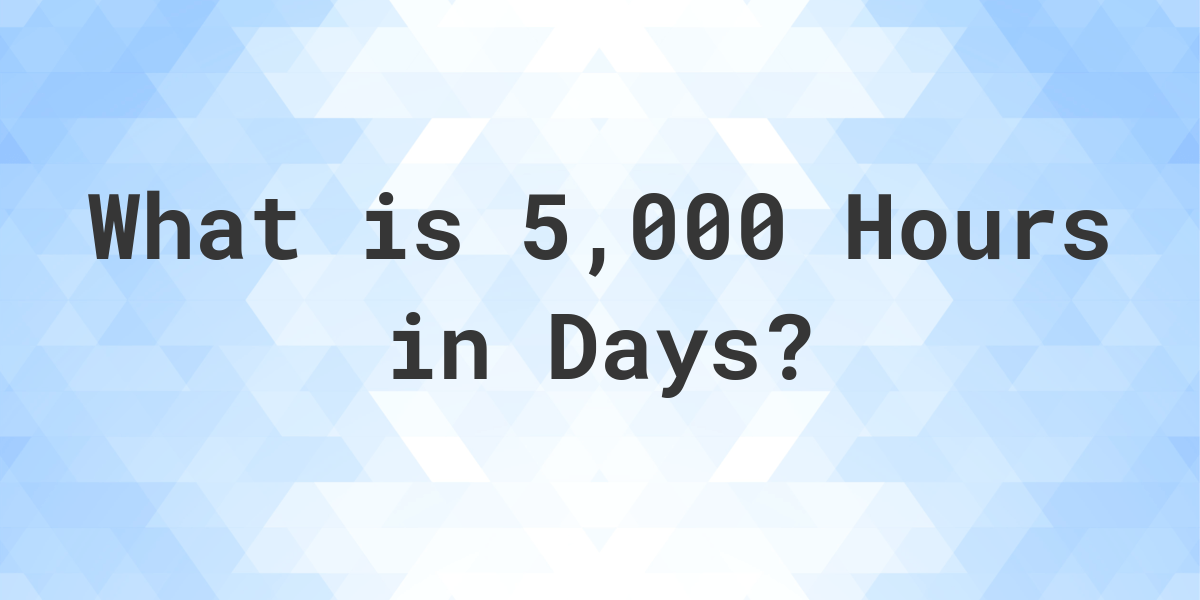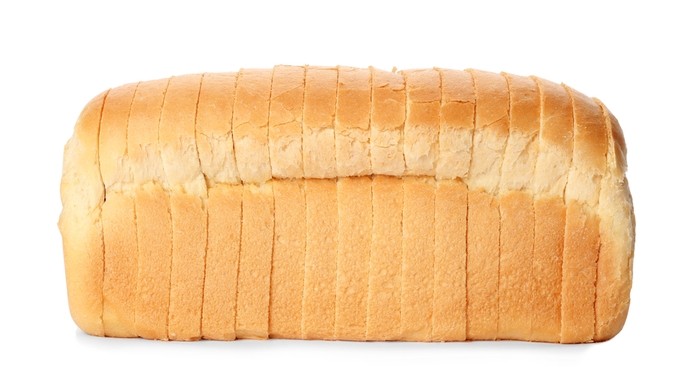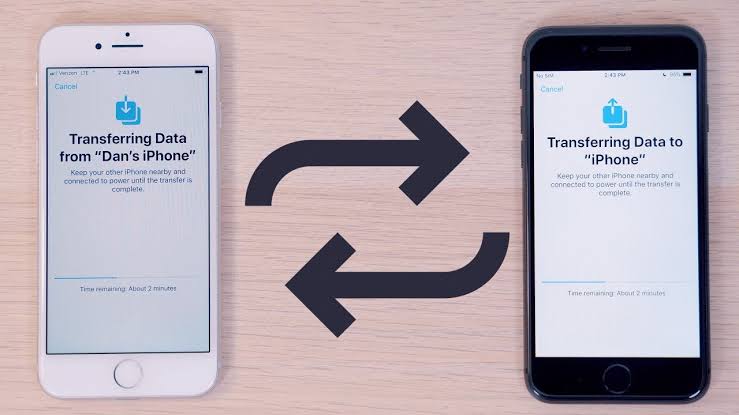Rubber band balls are a fun and easy project for people of all ages. They are a great way to reuse old rubber bands and can be made in any size. In this guide, we will walk you through the process of making your very own rubber band ball
A rubber band ball is a simple yet fun toy that can be made with just a few materials. It is a great way to recycle old rubber bands, and it can also be used as a stress ball or a fidget toy
How do you make a rubber band ball easy?
Making a rubber band ball is an easy and fun project that can be done with just a few materials.
How do you make a rubber band ball easy?
Instructions:
Gather your materials. You will need a large number of rubber bands, as well as a small object to use as a core for your ball (optional). If you do not have a small object, you can simply wad up some paper and use that as your core.
Wad up the paper into a small ball. If you are using a small object, such as a marble or a golf ball, simply place the object in your hand.
Take a rubber band and stretch it around the wad of paper or small object.
Start wrapping rubber bands around the wad of paper or small object. Wrap the rubber bands tightly, but do not twist them.
Continue wrapping rubber bands around the wad of paper or small object until you have a ball that is the size you want.
Once your ball is the size you want, you can stop wrapping rubber bands around it.
Your rubber band ball is now complete! You can play with it, bounce it, or use it as a stress ball.
Tips:
Use a variety of sized rubber bands to make your ball more interesting.
If your ball is not bouncing well, you can try adding more rubber bands.
You can also use a crochet hook or a knitting needle to help you wrap the rubber bands around the ball.
Related Post: Where is the Largest Home Depot in the US?
What is at the center of a rubber band ball?
The center of a rubber band ball is typically a core object, such as a tennis ball or a golf ball, that provides a starting point for the rubber bands to be wrapped around. This core object helps to stabilize the ball and prevent it from falling apart.
What is the biggest rubber band ball ever made?
The biggest rubber band ball ever made weighs 4,097 kg (9,032 lb) and was created by Joel Waul from Florida, USA. The ball, named “Megaton,” was measured in Lauderhill, Florida, USA, on November 13, 2008. It is 6 feet 7 inches tall and has a circumference of 21 feet 8 inches.
Waul began collecting rubber bands in 1998 and spent over 10 years accumulating enough bands to create the record-breaking ball.
How much pressure is in the center of a rubber band ball?
The pressure in the center of a rubber band ball increases as more rubber bands are added. This is because each rubber band adds tension to the ball, which compresses the rubber bands in the center.
The amount of pressure in the center of the ball depends on the number of rubber bands, the thickness of the rubber bands, and the tightness with which they are wrapped.
The pressure in the center of the ball is caused by the release of this stored energy. As the rubber bands in the center of the ball try to expand, they push against the rubber bands around them. This pressure is what keeps the ball from falling apart.
The amount of pressure in the center of the ball depends on several factors, including:
The number of rubber bands: The more rubber bands there are, the more energy is stored in the ball, and the higher the pressure will be.
The thickness of the rubber bands: Thicker rubber bands can store more energy than thinner rubber bands, so the pressure will be higher if thicker rubber bands are used.
The tightness with which the rubber bands are wrapped: If the rubber bands are wrapped tightly, they will be more compressed, and the pressure will be higher.
Related Post: Royal Ages: Uncovering How Old Prince Harry Is Today
How is a rubber band ball started?
To start a rubber band ball, you can use a golf ball, a marble, or a wad of paper as a core. Wrap a rubber band around the core and then add more rubber bands, wrapping them tightly around each other. The more rubber bands you add, the larger and denser the ball will become.
When a rubber band is stretched, it stores energy in the form of elastic potential energy. This energy is caused by the stretching of the rubber molecules. When the rubber band is released, the stored energy is released, causing the rubber band to snap back to its original shape.
In a rubber band ball, the rubber bands are compressed, which means that they are being forced into a smaller space than they would normally occupy. This compression also stores energy in the form of elastic potential energy. The more compressed the rubber bands are, the more energy they store.
How do you make rubber bands?
Rubber bands are made from a variety of materials, including latex, synthetic rubber, and thermoplastic elastomers. The manufacturing process for rubber bands is complex and involves several steps.
Latex Rubber Bands
Latex Extraction: Latex is extracted from rubber trees. The trees are tapped, and the latex is collected in buckets.
Processing: The latex is then processed to remove impurities and stabilize it. This process involves centrifugation, filtration, and coagulation.
Compounding: The latex is then compounded with other materials, such as sulfur, fillers, and antioxidants. These materials improve the properties of the rubber.
Forming: The compounded latex is then formed into the desired shape. This can be done by extrusion, calendering, or molding.
Vulcanization: The rubber is then vulcanized, which is a process that crosslinks the polymer chains in the rubber. Vulcanization improves the strength, elasticity, and durability of the rubber.
Synthetic Rubber Bands
Monomer Production: The monomers for synthetic rubber are produced from petroleum or natural gas.
Polymerization: The monomers are then polymerized to form the synthetic rubber. This can be done by emulsion polymerization, solution polymerization, or bulk polymerization.
Compounding: The synthetic rubber is then compounded with other materials, similar to the process for latex rubber bands.
Forming: The compounded synthetic rubber is then formed into the desired shape.
Vulcanization: The synthetic rubber is then vulcanized, similar to the process for latex rubber bands.
Thermoplastic Elastomer Rubber Bands
Polymer Production: The polymers for thermoplastic elastomers are produced from petroleum or natural gas.
Blending: The polymers are then blended with other materials, such as fillers and plasticizers.
Forming: The blended thermoplastic elastomer is then formed into the desired shape.
Cooling: The formed thermoplastic elastomer is then cooled to solidify it.
Rubber bands are then inspected, packaged, and shipped to customers.
Related Post: How Much is Tom Cruise Worth: Celebrity Wealth Curiosity
Materials needed to make a Rubber Band Ball
To make a rubber band ball, you will need the following materials:
- A large bag of rubber bands
- Scrap paper (optional)
- A small ball (optional)
If you are using a small ball, wad up the scrap paper into a ball and place it in the center of the rubber bands. Then, begin wrapping the rubber bands around the ball until it is completely covered. If you are not using a small ball, simply start wrapping the rubber bands together until you have a ball.
Are rubber band balls bouncy?
Yes, rubber band balls can be bouncy. The bounciness of a rubber band ball depends on the size and density of the ball. A larger, denser ball will bounce higher than a smaller, less dense ball.
Related Post: How to Draw Shoes: Unleashing Creativity in Fashion Illustration
Conclusion
Making a rubber band ball is a simple and rewarding project. It promotes sustainability by using up old rubber bands and provides a fun and relaxing activity. Remember, the bounceability of your ball depends on its size and the types of bands used. So, experiment and create a ball that suits your preferences
FAQs
The best type of rubber band to use is a new rubber band that is not stretched out.
You will need at least 100 rubber bands to make a small ball.
Yes, you can crochet a rubber band ball without a crochet hook. However, it will be more difficult to make a tight and even ball.
References
- homemadeheather.com/how-to-make-a-rubber-band-ball/
- instructables.com/How-to-Make-a-Rubber-Band-Ball/
- rubberband.com/blog/how-to-make-a-rubber-band-ball/
- pbsutah.org/how-to-make-a-rubber-band-ball/






